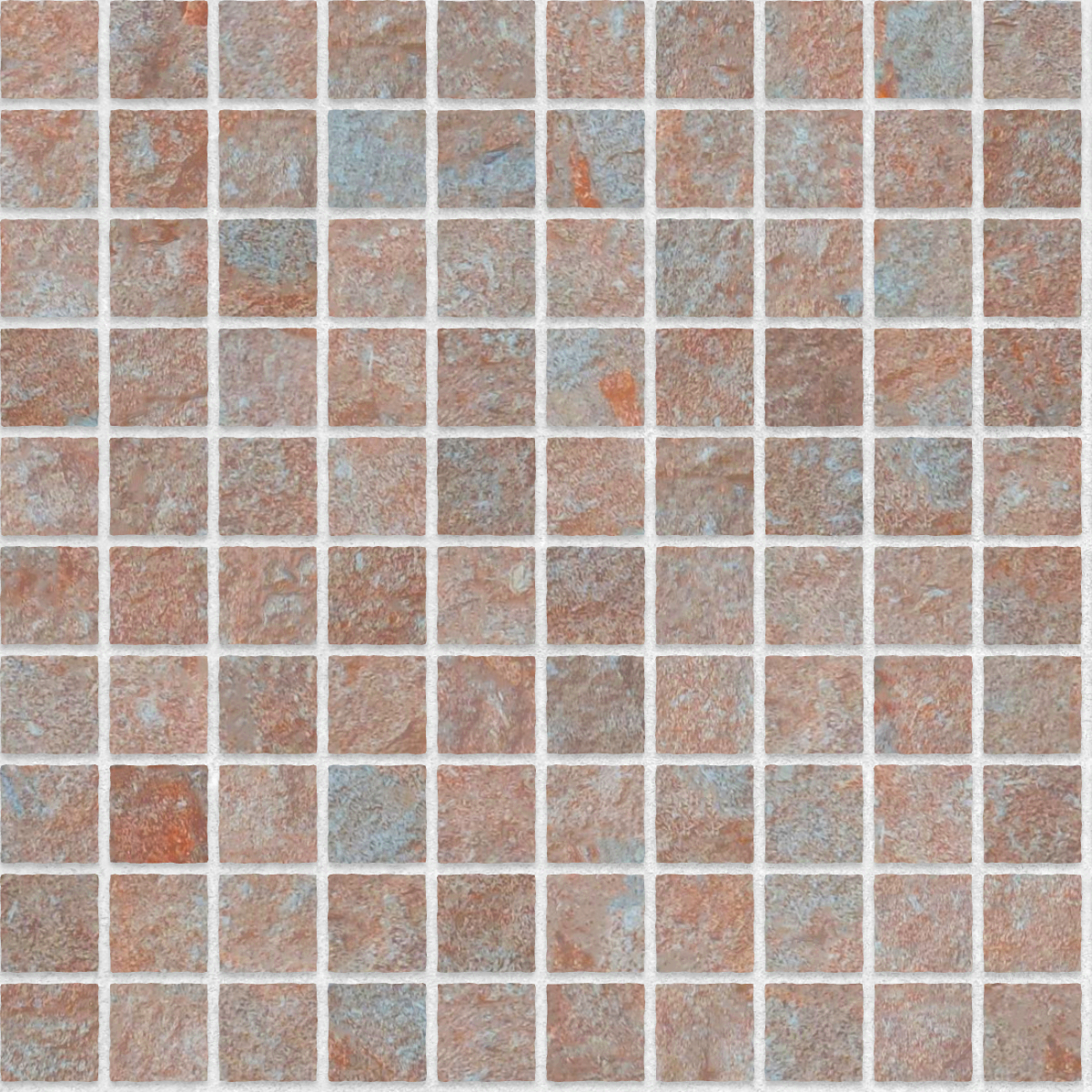Rough Limestone Stack
Category
Stone
Download
Edit
Limestone is a popular stone in architecture, design and construction for its beautiful natural colours and robust characteristics. Many excellent historic examples of limestone architecture exist, from the massive blocks used to construct the Great Pyramids of Egypt, to the masonry wall structures and façades in the ancient citadel of Aleppo. It is also commonly crushed and used as a compound for lime based plasters, which are significantly more durable and resilient than traditional plasters, being easy to remove blemishes by sanding or light cleaning, without the need to completely re plaster the whole area or surface, allowing for quick and easy fixes, while being as flexible and easy to apply as most paints. Lime plasters are also breathable and nontoxic, making them environmentally safe and moisture and mould resistant.
A sedimentary rock, limestone is composed from calcium carbonate, forming when other types of rock are subject to a sequence of weathering and erosion known as denudation: Mechanical weathering from ice, water flow, waves, rain, wind or thermal activity strips or grinds down parts of the origin rock, with particles being eroded, or transported away from the source area, by glaciers, rivers, wind or water, with high concentrations of the particles being deposited in one area, often setting on lower land or in bodies of water. The transportation process helps round and smooth the particles. Calcitic minerals can also gather when left behind after bodies of water evaporate. The particles then undergo a process known as lithification over an extensive period of time, whereby particles are compacted in layers, compressed under their own weight and bound or cemented together when exposed to and combined with chemicals such as oxides or, with limestone, higher concentrations of carbonates, which helps increase the bond between the graduals and reduce the porosity of the newly formed rock. Some limestones form when calcitic minerals from plant and animal debris or remains break down, accumulate and are lithified and are known as organic sedimentary rock, occasionally containing fully intact fossils. The process of denudation, erosion and formation of the new rock is known as sedimentation.
Limestones are sometimes rough, while purer, more compacted, crystalline limestones can be highly polished for a smooth finish and vary in colour from brown to blonde and dark to light grey depending on their chemical compositions. Higher proportions of calcium and low ratios of magnesium, as found in calcite limestone, tend to be lighter and contain more silvers and greys; increases in magnesium content provide a balance of light, cool greys with sandy blonde or pink hues; while dolomitisation occurs when magnesium-rich groundwater reacts with calcite to produce dolostone or dolomite rock, possessing darker greys or orange and brown shades owing to its higher levels of magnesium.
Surfaces can be soft and chalky or hard, coarse and fine grained depending on the intensity of the lithification process: Limestone formed under high compaction and compression loads with stronger binding agents are popular with masons as they are excellent for carving and crafting decorative, ornamental and lithographic pieces, from which the technique of lithography derives its name, as they are very granular, tightly bound and consistent. They are also used for structures and external cladding due to their compressive strengths and weather resistance owing to their higher density and lower porosity, while softer, poorly cemented limestones such as chalk, coquina, fossiliferous and encrinal variants are often formed under lower pressures in or around bodies of water through the slow accumulation and sedimentation of debris and algae, shell fragments, fossils and small sea creatures respectively. Travertine limestone usually forms in caves, when geothermally heated alkaline water with high mineral contents penetrate underground caves and evaporates, leaving behind columns of calcium carbonate in the form of stalagmites or stalactites, while tufa forms when water at shorelines in hot, dry climates evaporates and lithifies as jagged profile forms. More open and porous than other forms of limestone, tufa can still be mined and refined as a rugged, architectural product.
Both soft and hard limestone are used extensively in the built environment. Softer variants are normally crushed for use as aggregate in roads, hardcore, concrete, or mixed and fired to form Portland cement. Hard, strong, dense limestones are resistant to moisture ingress, freeze-thaw action and abrasion while remaining easier to work and refine than abrasive silicate rock, making them well suited for construction projects and decorative applications alike, where they are cut into dimensioned bricks, blocks, stones, panels or sheets. Limestone can be used on high traffic driveways, paths and floors as paving slabs with good, inherent slip resistance; garden or interior wall tiles; external façades and cladding systems; as feature elements like countertops, stairs, window and door surrounds; or in gardens as boulders, ledges, paths and rockery aprons, kitchens, bathrooms and fireplaces in residential and commercial applications. Limestone offers a variety of colours including white, yellow, cream, or beige, and finishes ranging from polished or brushed to rugged and rough.
This rough, riven, dry, more abrasive limestone finish can be a popular choice for external walls and facades which seek to convey a natural, raw aesthetic, and are typically manufactured as dimensioned bricks, blocks, or panels and is a mixture of blue-greys and pastel, blonde-pinks or reds, like a dolomitic limestone, owing to its higher mineral content, particularly magnesium, creating a pleasing, unique, varied, random pattern with a smooth, light, airy, refreshing balance between cool white, blue, silver grey tones and warm, beige, cream, pink hues.
A seamless stone texture with rough limestone arranged in a stack pattern. Seamless textures can be tiled repeatedly across a surface without visible seams making them useful for architectural drawings and 3D models. This image can be used as a SketchUp texture, Revit material or imported into Photoshop for use in 2D illustrations. A high resolution version of this texture is available, as well as CAD hatches and PBR maps with Architextures Pro.

